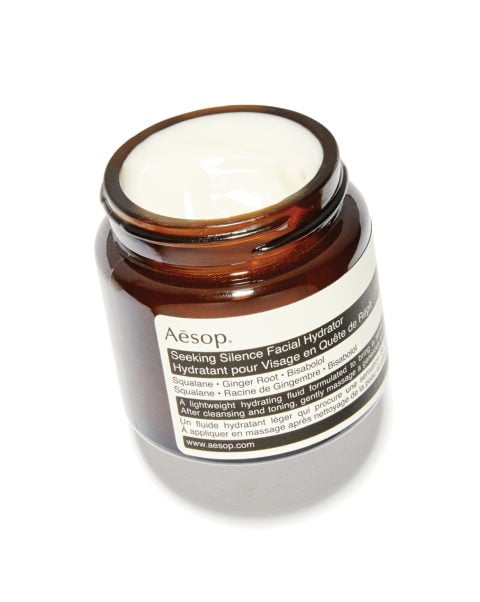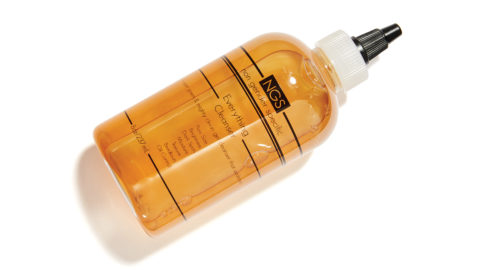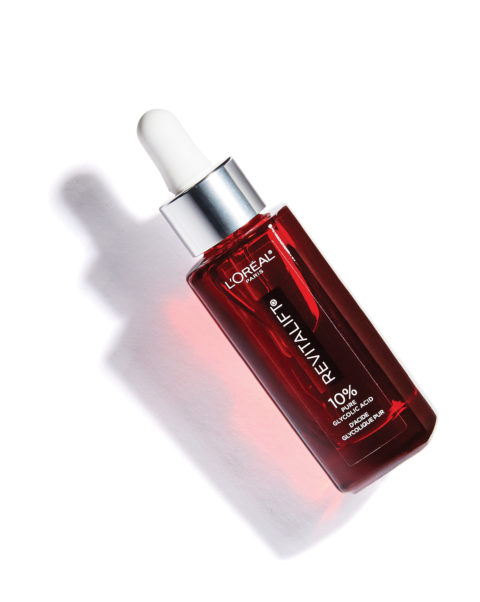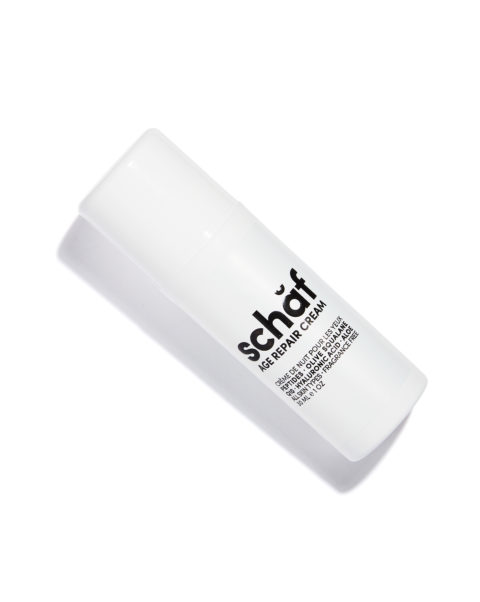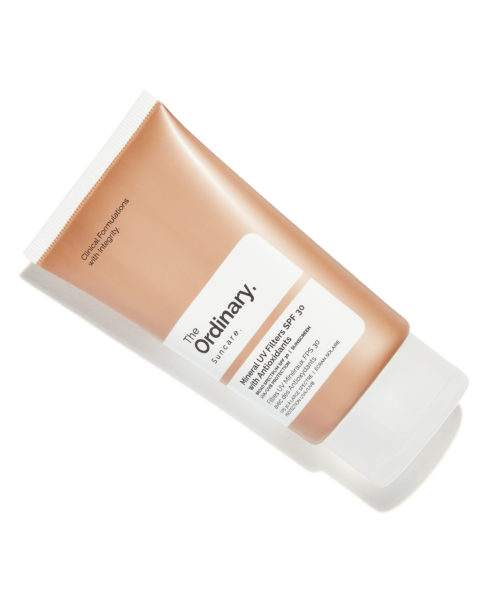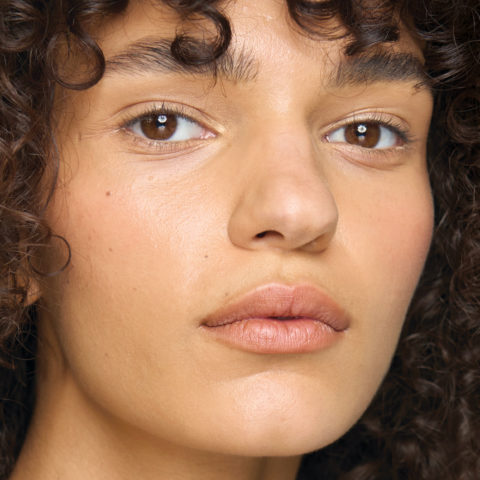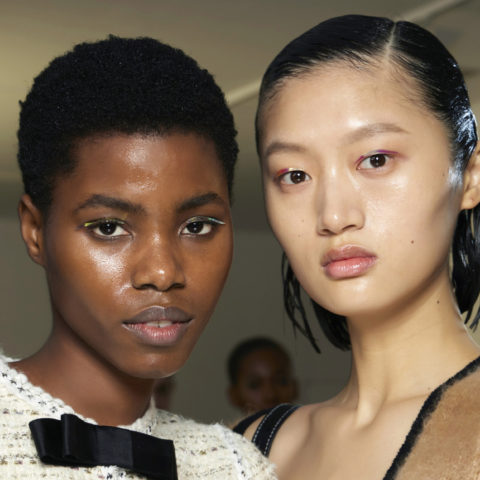Gender Neutral Skincare: Can Men and Women Use The Same Products?
With gender-neutral skincare on the rise, do men and women still need different products?
Woman raids man’s closet for clothes, and man borrows woman’s skincare. It’s a heteronormative narrative that has nonetheless given us boyfriend jeans and oversized blazers, and it usually ends with the woman hiding her jar of Crème de la Mer in a corner of the cabinet under the bathroom sink.
Over the past two decades, skincare-curious dudes have helped expand the men’s section of the grooming aisle. And according to consumer market researchers Euromonitor International, that will only continue, with the men’s skincare category set to grow 24 per cent over the next five years. Once stocked with basics like deodorant and shower gel, retail shelves are now heaving with serums, moisturizers, lip balms and beard oils—often in black, grey or navy-blue packaging and emblazoned with product names that convey they’ve been formulated especially for men. Clearly, there’s no need for guys to borrow their girlfriends’ eye cream anymore—they can just buy their own. But can we borrow theirs? In other words, is there that much difference between male and female skin?
Yes and no, says Dr. Dendy Engelman, a New York-based dermatologist. “We all have the same components: oil glands, hair follicles, epidermis, dermis, collagen and elastin,” she says. “But if we look under a microscope, structurally there are some key differences.” For one, men have more sebaceous glands, which makes their skin oilier, the silver lining being that the added moisture means they are “less prone to developing wrinkles as they age.” They also have a higher density of collagen, the structural protein molecule that acts like scaffolding, helping to keep skin taut. Our hormones affect skin behaviour differently, so there’s that, too. For women, this can mean monthly breakouts. “Men have fluctuations as well, but it’s more of a gradual decline in testosterone versus the peaks and valleys women have through our menstrual cycles,” says Engelman.
“Whether my patient is a woman or man (cis or trans) or identifies as non-binary, I always advocate for treating the individual.” — Manhattan-based dermatologist Dr. Jennifer MacGregor
For trans people who may be undergoing hormone replacement therapy, skin type and skin conditions can change, says Dr. Jennifer MacGregor, a Manhattan-based dermatologist who works with patients who are transitioning. For trans men, higher levels of testosterone can cause an increase in sebum production, acne and pigmentation, while trans women may experience dry skin, redness and melasma. Regardless, says MacGregor, taking a bespoke approach to skincare and skin health is ideal: “Whether my patient is a woman or man (cis or trans) or identifies as non-binary, I always advocate for treating the individual.”
Just because their skin is different doesn’t mean that people can’t use the same products, says Elisabeth Bouhadana, global scientific communications director for L’Oréal Paris. But there is a difference between people who shave and those who don’t. The brand’s Men Expert line—fronted by Adam Levine, who sports a three-day stubble in the ad campaign—features a range called BarberClub to address the specific skincare needs of men with beards and facial hair. “The fluidity of the product has to be adapted so it can access the skin,” says Bouhadana. The percentage of an active ingredient is also tweaked: “We can use more glycolic acid [in the formula] because you tend to have more dead skin cells when you don’t shave.” While the brand’s Revitalift line was formulated with women in mind, its new 10% Pure Glycolic Acid Serum and 1.9% Pure Hyaluronic Acid 7-Day Ampoules are fragrance-free and deliver a potent dose of anti-aging ingredients that anyone can benefit from, says Bouhadana.
“With gender diversity becoming more visible, consumers have started to move away from traditional stereotypes and seek out more gender-neutral skincare products and brands.” — Clare Varga, head of beauty at trend forecaster WGSN
Similar to other dermatologically oriented lines like The Ordinary and The Inkey List, these new products come in non-gendered packaging—something that is resonating with Gen Z in particular. After all, this is a generation that doesn’t think twice about applauding Billy Porter’s red-carpet looks or cheering on Ansel Elgort, who paired his tux with eye glitter and white nail polish at the Golden Globes. “With gender diversity becoming more visible, consumers have started to move away from traditional stereotypes and seek out more gender-neutral skincare products and brands,” says Clare Varga, head of beauty at trend forecaster WGSN. Brands like Nécessaire and Non Gender Specific come to mind, as well as Schaf, which was originally conceived as a men’s line but reformulated as unisex after founder Toronto-based photographer Peter Schafrick’s female friends and family members expressed an interest in using the products. “Adding gender-neutral options breaks the restrictiveness of beauty and recognizes that we don’t all want or need to fit in a neat binary box,” says Varga.
Whatever products we use, the basic tenets of skincare are the same. “We all need a cleanser, we all need sunscreen and we could all benefit from the anti-aging benefits of retinol,” says Engelman, who suggests Elizabeth Arden Retinol Ceramide Capsules Line Erasing Night Serum to her male and female clients. And, she says, don’t let the pretty pale-pink shell of the single-dose capsules fool you: “It’s a workhorse product that will change the structure of your skin.”
“Everybody just wants something that works.” — Elisabeth Bouhadana, global scientific communications director for L’Oréal Paris
In some cases, companies are hearing from male customers who have tried their partner’s products and are looking for equivalents. Marie-Hélène Lair, scientific communications director for Clarins, says that that’s exactly what happened with the brand’s popular Double Serum, an anti-aging cocktail infused with plant extracts like turmeric. “A lot of men think that if they use women’s skincare products, they’re more efficient,” she says. The other thing that makes Double Serum appealing to them, says Lair, is the lightweight texture, which is in line with the men’s range; its products have a lower lipid concentration to address men’s dense facial hair and higher sebum production.
The future of skincare likely won’t involve borrowing at all; rather, men and women will have skincare routines that are specifically tailored to their own unique needs and focus on things like skin type, life stage and ethnicity, not gender. In the meantime, borrowing from each other is still cool, says Bouhadana, whose partner does so frequently. “Everybody just wants something that works.”
Gender-Neutral Skincare
These products are an instant upgrade to any human’s skincare routine.


